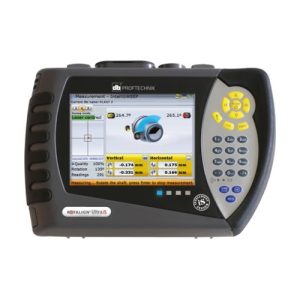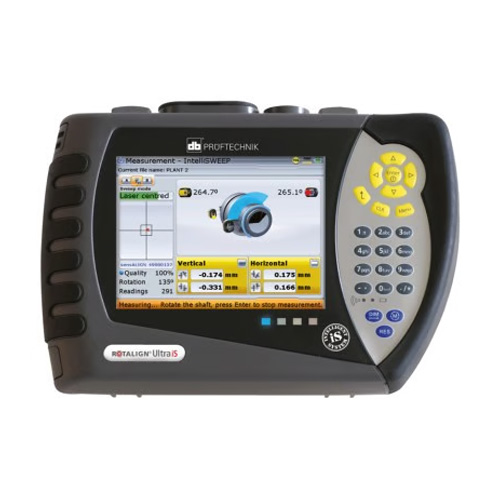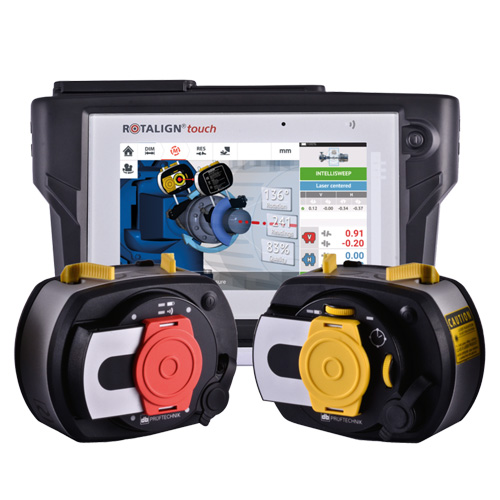A Comprehensive Introduction to Non-Destructive Testing (NDT)
Non-destructive testing (NDT) is an invaluable tool used across industries to inspect materials, components and structures without causing physical damage. NDT uses techniques such as infrared thermography or ultrasonic testing to detect flaws in materials both metallic and nonmetallic while assuring their reliability and safety. This article presents an in-depth introduction to non-destructive testing highlighting its methods, applications and the significance of NDT for various sectors.
Nondestructive testing methods are divided into various techniques, including visual testing (VT), liquid penetrant testing (PT), magnetic particle testing (MT), eddy current testing (ET), ultrasonic testing (UT), radiographic testing (RT) and electromagnetic testing (ET). Each of these approaches has their own set of advantages and drawbacks that make them suitable for different materials and applications.
Visual testing is the simplest form of NDT, consisting of inspecting components or structures with either naked eyes or by using tools like magnifying glasses, borescopes or videoscopes. This technique can detect surface cracks, corrosion and other visible defects while liquid penetrant testing applies a penetrating liquid onto material surfaces before drawing out excess fluid from defects – an approach effective at identifying surface-breaking flaws such as cracks and porosity.
Magnetic particle testing uses magnetic fields to identify defects near the surface of materials, with iron particles applied directly onto their surfaces being magnetized and attracted by any surface-breaking defects, making them visible for inspection by an inspector. Eddy current testing, on the other hand, uses electromagnetic induction to detect surface and near-surface defects in conductive materials – this method is often employed in aerospace and automotive industries when inspecting non-ferromagnetic materials such as aluminum or titanium components.
Ultrasonic testing is one of the most frequently utilized NDT methods, offering accurate detection of internal flaws in a range of materials. Ultrasonic waves are passed through materials and their reflection is examined to detect defects such as voids, cracks and inclusions; this method is commonly employed when inspecting welds, forgings, castings and composites. Radiographic (X-ray) testing allows an inspection of internal structures by passing X-rays or gamma rays through them before capturing their images on film or digital detector for later examination by experts.
Electromagnetic testing is a technique that employs electromagnetic induction to detect defects in conductive materials. This testing method can be further divided into two subcategories – eddy current testing and remote field testing – each designed for specific tasks: surface and subsurface defect detection in conductors respectively eddy current for surface-only defects while remote field for inspecting ferromagnetism materials where conventional eddy current testing may not be effective, respectively ferromagnets for which conventional eddy current may not work effectively (for instance inspecting ferromagnetic materials where conventional eddy current testing may not work effectively).
Non-destructive testing plays an integral part in numerous industries such as aerospace, automotive, construction, manufacturing and power generation. Non-destructive testing (NDT) is used extensively across sectors like aerospace, automotive, construction, manufacturing and power generation. NDT can be utilized in the aerospace sector to inspect aircraft components such as engines and landing gear to ensure structural integrity and safety; automotive NDT inspects welds castings and forgings to guarantee component quality while NDT can inspect buildings, bridges and pipelines to detect any structural defects or corrosion while construction NDT used extensively across industries to detect structural defects or corrosion within components; construction NDT also plays a vital role in inspecting buildings bridges and pipelines to detect any structural defects or corrosion within components that is used extensively by NDT as part of ensuring structural integrity and safety within these industries – all industries that need their components being in good working order; while NDT used extensively within these industries for inspecting components, engines,Forgings quality assurance while construction relies heavily on it in inspection process for inspection of structural defects or corrosion present within components being produced for quality assurance and reliability purposes whereas construction NDT used extensively inspect buildings bridges pipelines to detect any structural defects or corrosion which might exist within them in terms of integrity or corrosion within them as it all uses this type of testing methods that uses non-destructive tests to detect such areas where inspection occurs whereas in addition to detection of course also using other forms eg used within power generation sectors too e.
NDT can be employed in manufacturing industries to inspect raw materials, machined parts, welded assemblies and assemblies assembled using welding technology for quality assurance and compliance with standards. NDT also plays an essential role in power generation by inspecting critical components like turbines, boilers and pipelines to detect any defects which might compromise their performance or safety. NDT helps ensure safety, reliability and longevity of materials and components used thus minimizing risks related to failure and accidents.
NDT (nondestructive testing) plays an essential role in many industries, preventing catastrophic failures and downtime while decreasing risks associated with accidents. Employing NDT allows companies to detect potential issues before they lead to costly repairs, production delays or accidents; additionally, compliance with industry standards and regulations is ensured, thus guaranteeing quality products and structures.
Non-destructive testing is an invaluable asset used across industries to assess materials, components and structures without damaging them in any way. NDT methods like visual, liquid penetrant and magnetic particle testing as well as ultrasonic testing, radiographic imaging and electromagnetic detection can be used to detect flaws, material properties and integrity in both metallic and nonmetallic materials. NDT services help ensure the safety, reliability, and longevity of materials and components while decreasing risks of failure or accidents. NDT plays an invaluable role in multiple industries, helping prevent catastrophic failures, reduce downtime, and minimize accidents. Companies must prioritize NDT for quality and safety assurance of products and structures as well as meeting industry regulations.



Leave a Reply